One of my friends showed me a unique bag which was covered with kimono cloths and washi. That was my first encounter with Ikkanbari. Listening how it was made got me more curious about Ikkanbari. So I decided to visit and see it myself.
What is Ikkanbari?
Ikkanbari is one of Japanese traditional crafts and techniques used to make tea wares and bowls, etc. Ikkanbari products are made by applying several layers of washi(Japanese paper) on the bamboo or wooden frame, or in wood or clay mold. Then kakishibu laquer is applied to make the products durable and water-resistant in the end. This technique is also used for repairing everyday items like strainer, baskets, and bowls. Old days, people really took good care of things and used them for long time.
Now these days, there are so many different Ikkanbari products like bags, kitchenware, and small interior goods.
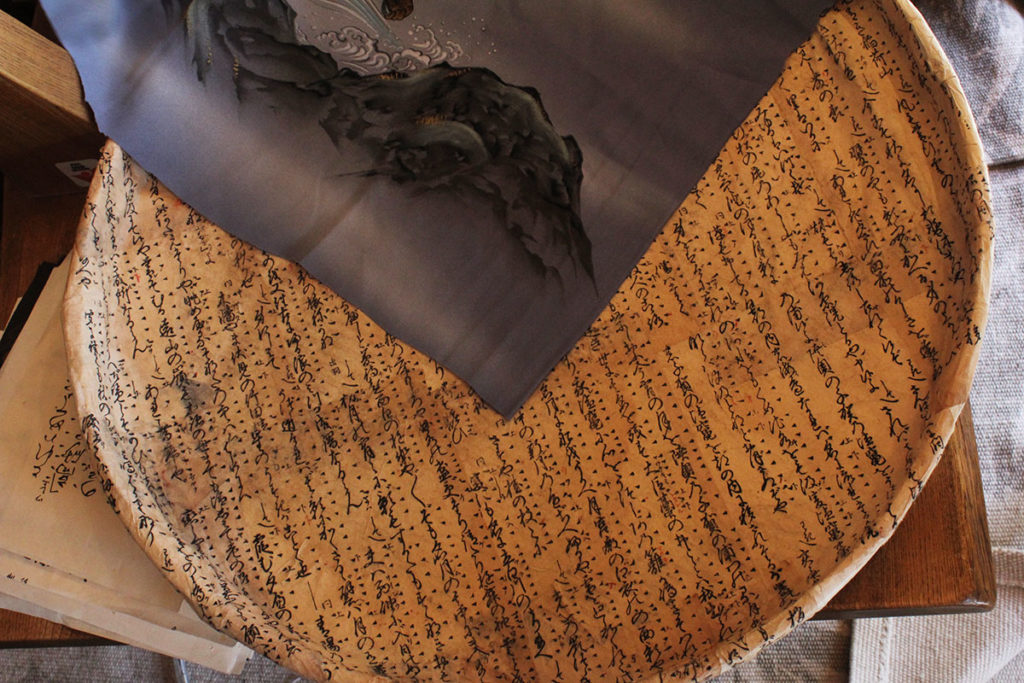
The process of making Ikkanbari products
Let’s have a closer look at the Ikkanbari process. I have a feeling that we can try at home quite easily.
Prepare the following items:
A bamboo basket or wooden frame, starch paste, washi, old cloth, kakishibu lacquer, brush, lacquer brush
①Prepare washi for first layer.
Cut washi to suitable size for your basket or wooden frame. Use your hands and not scissors or a knife.
②Prepare the glue
Mix starch paste and water. Add little bit of wood glue if you have it.
③Apply washi to the frame
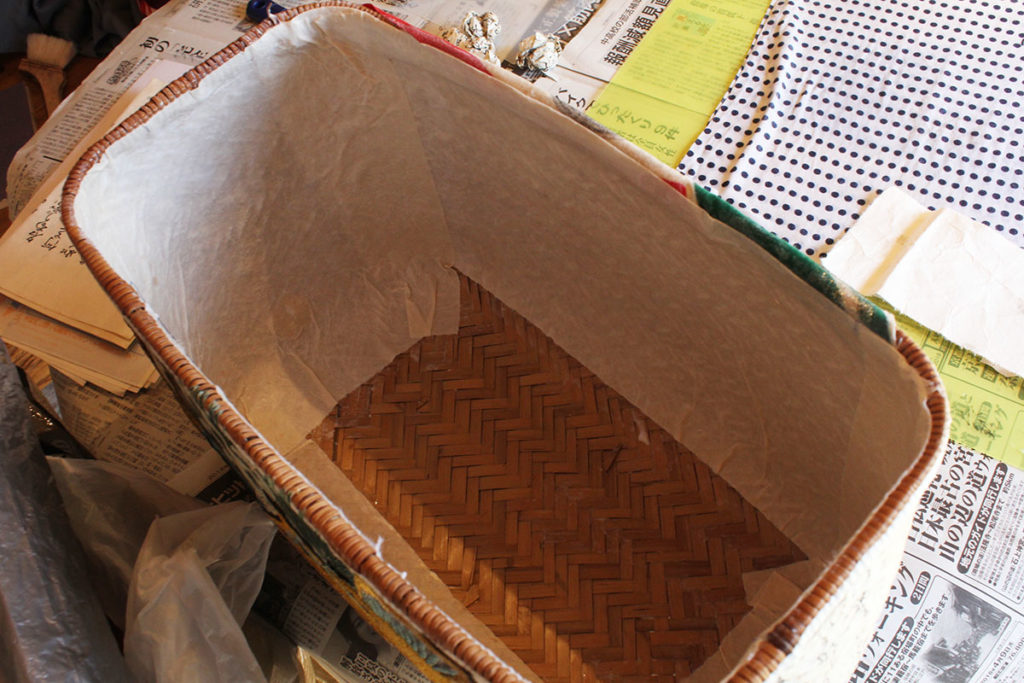
Use brush to spread the the glue, then paste washi to the frame avoiding air from getting in. Repeat this process till you cover the whole frame with washi or it get shaped.
④ Dry it
Let it sit under shade and air dry.
⑤Prepare washi or used cloth.
Cut washi or used cloth to suitable size for your design.
⑥Apply washi or used cloth to the frame
Paste washi or used cloth to the frame avoiding air from getting in. At this process, enjoy making design and layout you like.
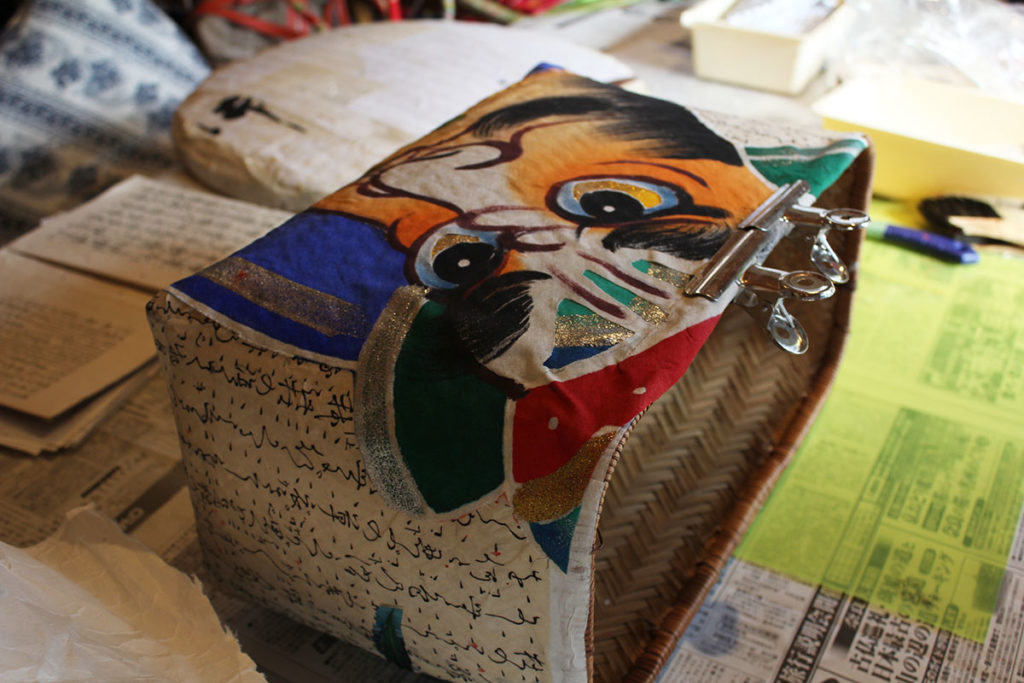
⑦ Dry it
Let it sit under shade and air dry.
⑧Apply kakishibu lacquer
Apply kakishibu lacquer using brush. Add water if you like light color. Kakishibu appears different color once it dries. Take time and apply it little by little. Repeating this process make the color darker. Let it sit under sun make change color faster.
⑨ Dry it
Let it sit in the sun and air dry.
If you are in Japan, you can find all the necessaries easily at the home improvement store. It might take some time to go through all the process, so I am thinking to try it out one day.
I am sharing some interesting old washi that I found at the studio here.
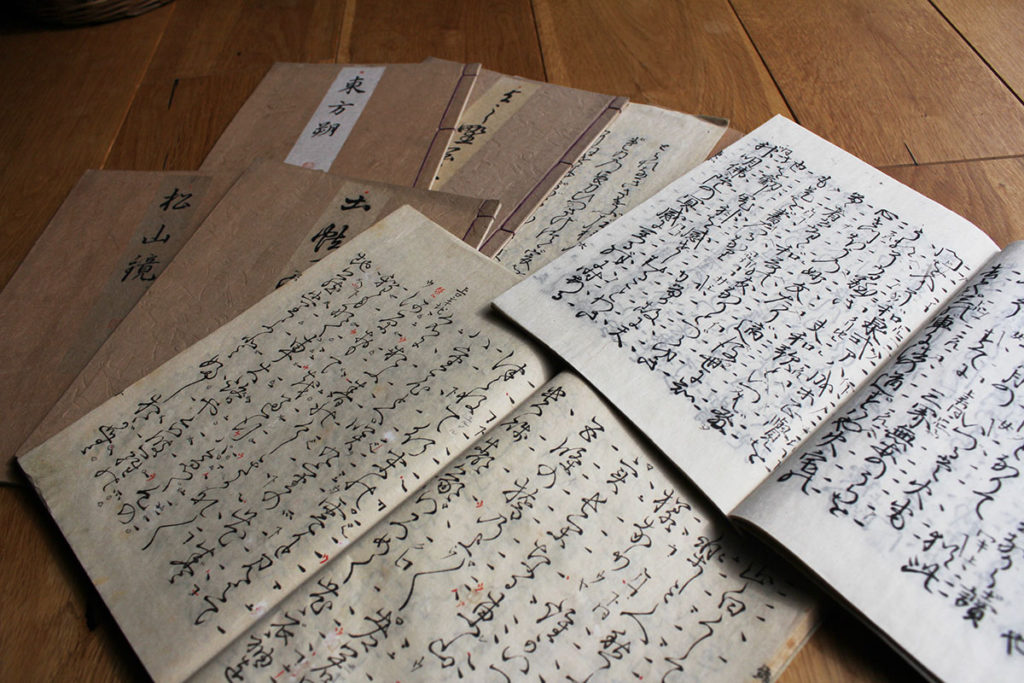
Kabuki’s play script which was used Meiji to Showa Era.
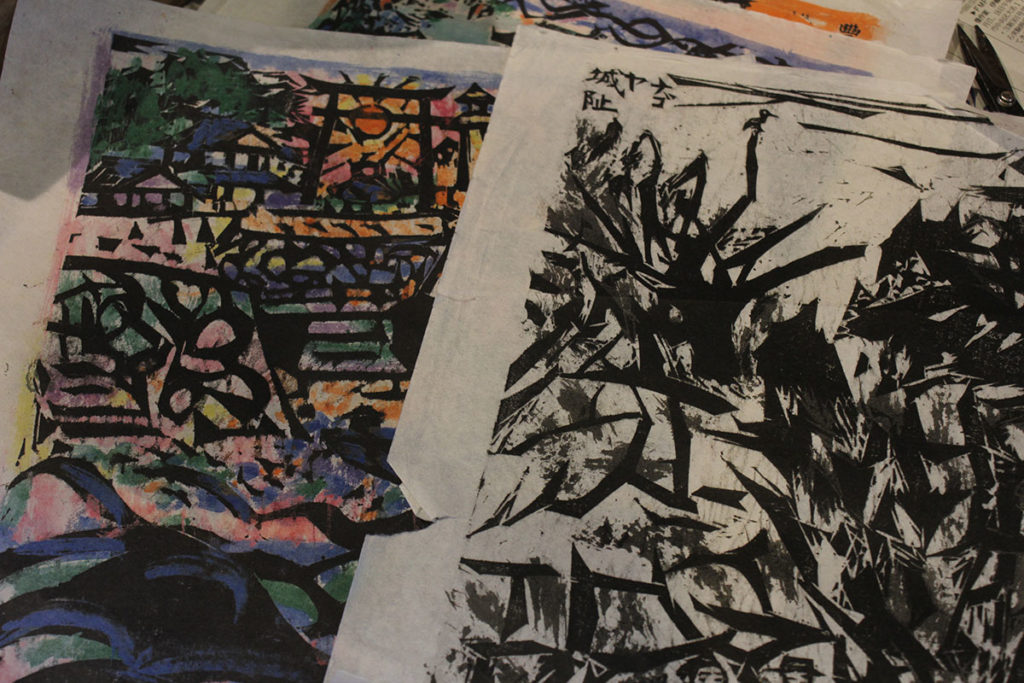
About 200 years old wood cut

Cover paper for storing Kimono

These are the bag handles. Using hemp cords to attach these.
I took so many photos … I can’t upload here all of them.
Ikkanbari can be the ultimate eco-friendly
Ikkanbari was one of the techniques originally used among the people to repair things using worn papers and cloths. I assume they even enjoyed adding little design or their own style while reparing. Recycle and up-cycle must have been natural things for people in the olden days.
Now these days, we have gotten used to buying things and throwing things away when it broke especially here in Japan. These habit made us face global warming and the problems with plastics. I think it is time to reconsider our lifestyle and readopt Ikkanbari techniques and its idea.

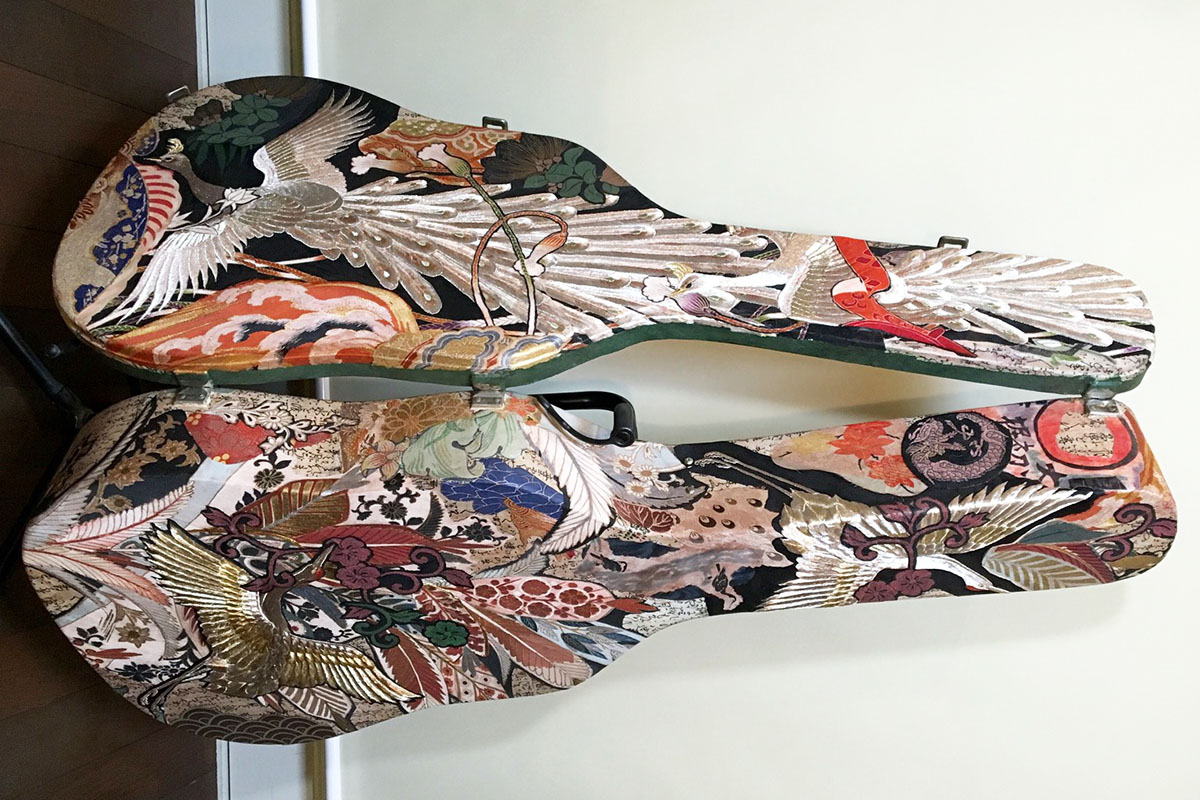


Comments